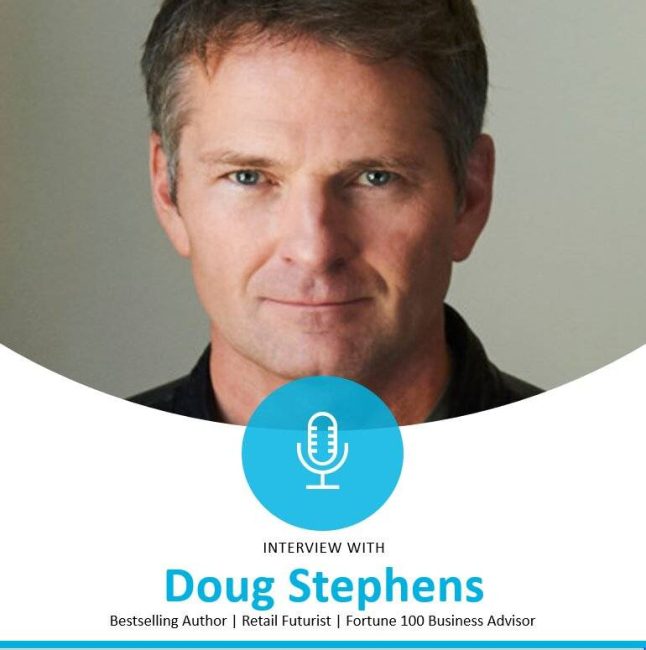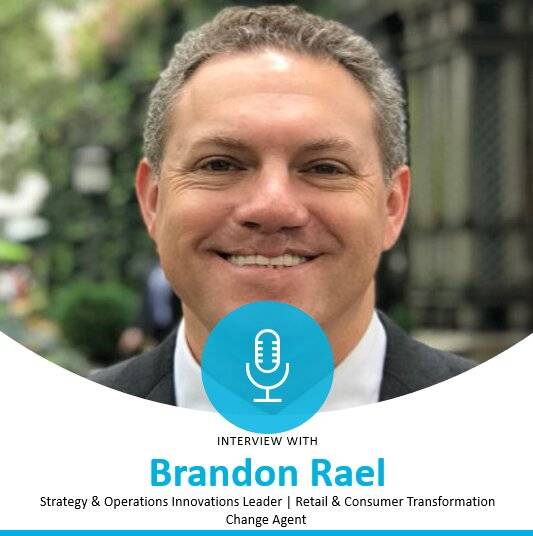We speak with Doug Stephens, Founder of Retail Prophet, a global advisory service. In his opinion, retailers should be looking at their physical stores as an experiential media point for the purpose of customer acquisition.
What do you think the post-COVID retail landscape will look like?
We’re going to emerge to a very different landscape. Brands that were undercapitalized, over-leveraged, too reliant on physical stores and those with low equity with consumers are being wiped out. Others with stronger fundamentals are hanging on. But for a handful of brands, namely Amazon, Walmart, Alibaba and JD.com, the pandemic has been like a year of steroids. When we finally put the pandemic behind us, these brands are going to infinitely larger and more far-reaching into the lives of consumers than ever before. That’s both a blessing and a curse if you’re Amazon because they now have new and heightened expectations for shareholder returns and profitability to contend with. This will drive them into new categories like healthcare, education, insurance, banking and transportation – categories vulnerable to disruption but also highly lucrative. When that happens, these brands will become like consumption bubbles that consumers never have to leave. More like utility companies than retailers. The result is a market where all other retailers are going to have to dramatically shift their positioning and value to survive. In my upcoming book, Resurrecting Retail, I present ten archetypal business models that will thrive in the shadows of these giants.
We’re going to emerge to a very different landscape
What will be the biggest problem or weakness that the physical store have to deal with?
Physical retail, as we know it today, was a product of the Industrial Revolution. It was never intended for the post-digital age. As a result, brick and mortar stores are inherently limiting as a means of distribution. Limited operating hours, staffing costs, product inventory costs – all of these things make little sense in a post-digital world where anything consumers want is at their fingertips. But that doesn’t mean the store doesn’t have value. It just means we have to regard them differently. To that end, retailers should be looking at their physical stores as an experiential media point for the purpose of customer acquisition. Stores are media. Physical experiences are the most powerful means of galvanizing a relationship with a customer and drawing them into a brand. Likewise, every piece of media a brand creates must now become “the store” – in other words shop-able.
Retailers should be looking at their physical stores as an experiential media point for the purpose of customer acquisition
What role will technology play?
From a consumer side, technology has to be viewed as the connective tissue between each moment in the customer journey. But that doesn’t mean the experience itself must always involve technology. We need to celebrate the analog, physical joy of shopping wherever possible.
From the brand side, technology AI and data technology has to become the connective tissue between every aspect of delivering that experience to customers. From the supply chain, through the value chain and down to the micro moments in every consumer journey, technology should be providing the brand with a constant feedback loop on how the organization is performing relative to the quality of customer experience, the effectiveness of branded content and of course, the efficiency of the enterprise.
In both cases, the questions organizations need to ask is NOT what technology should we be employing but rather what organizational and consumer experience outcomes are we targeting and which technologies can help us achieve those ends.
We need to celebrate the analog, physical joy of shopping wherever possible
How will customer loyalty be achieved?
By being awesome. It sounds like hype but it’s just a fact that if you’re not doing something unique, compelling or powerful, you’re invisible. So how do you become awesome? For some retailers it will be about creating a unique culture that consumers gravitate to – Nike and Lululemon are solid examples. For others it will be about creating entertainment value for shoppers. Others will win through intense service levels, like Nordstrom, for instance. And some will win almost purely on the merits of exceptional product design, with Dyson being a good example. Regardless of which path is chosen, retailers will have to add extraordinary value beyond the simple distribution of product. Anything less simply won’t cut it.
Retailers will have to add extraordinary value beyond the simple distribution of product.
Are you optimistic about the future of retail?
Always! Sure, we’re losing some of the retail industry’s old-growth forest through the wildfire of Covid-19 but that’s also allowing sunlight and water to get to new, creative and promising businesses. Every crisis presents new opportunities.







